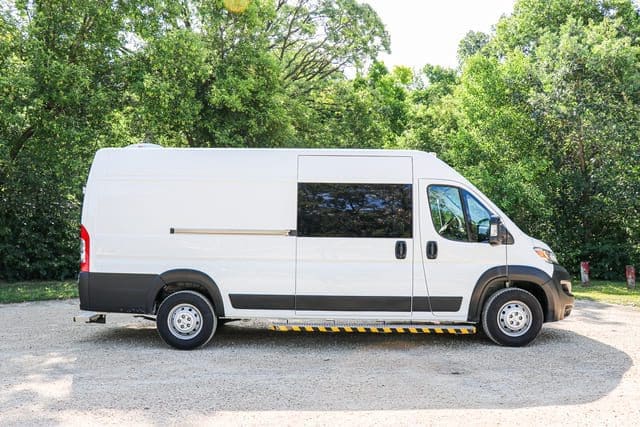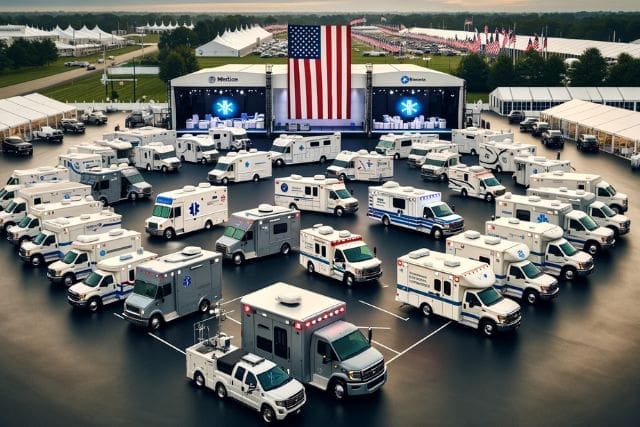Ever looked at the long waitlists at your clinic and thought, there has to be a better way? You’re not alone. In many parts of the U.S., especially across rural towns and urban neighborhoods, people drive 30 miles or more for basic care. That distance can mean skipped checkups, unmanaged conditions, and growing health gaps. If you’re running a healthcare program, you likely feel the strain of reaching more people with limited staff and funding. That’s where mobile clinics can help.
How do mobile clinics work to bring care closer to people?
So, how do mobile clinics work day to day? They’re built as compact medical offices on wheels with everything a provider needs to operate on site. Inside, you’ll often find a fridge for vaccines and samples, a sink for sanitation, an exam bed for assessments, a desk for charting, and built-in cabinetry to store supplies.
Once on location, teams can deliver care at schools, shelters, or community centers without needing patients to travel. It’s healthcare that goes where people already are.
Common services include:
- Primary care visits and preventive screenings
- Behavioral health counseling and medication support
- Vaccinations and lab sample collection
- Follow-ups for chronic conditions
Why do mobile clinics work so well across the U.S?
Mobile clinics cut barriers like travel and missed time at work. Programs also see strong value for dollars spent. Analyses show returns as high as $18 saved for every $1 invested, thanks to avoided ER visits and earlier care
At AVAN Mobility, we help organizations understand how mobile clinics work so you can focus on what matters most: Bringing care to people who might otherwise go without. Because when healthcare moves, communities thrive.
Watch the video below and see for yourself!




